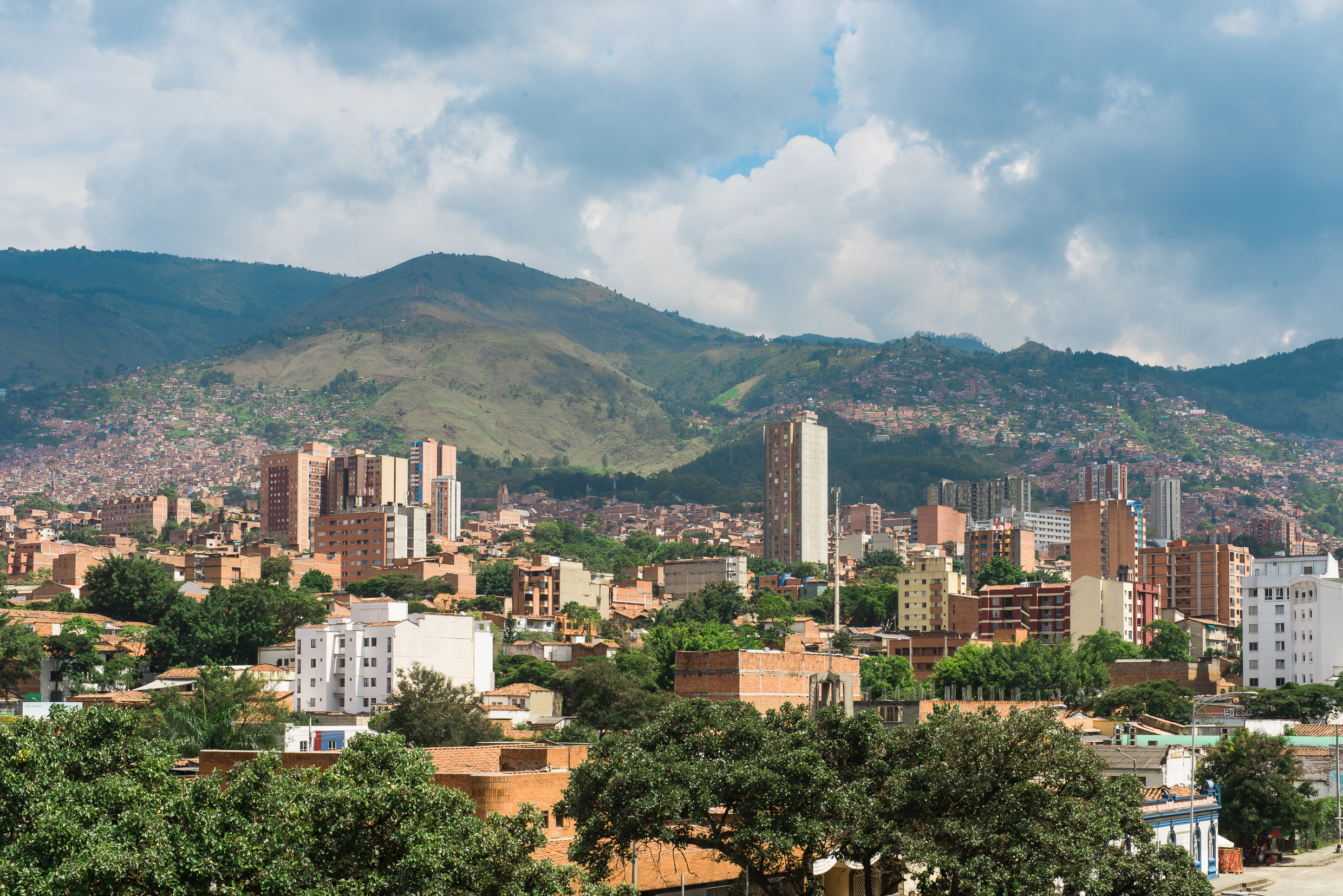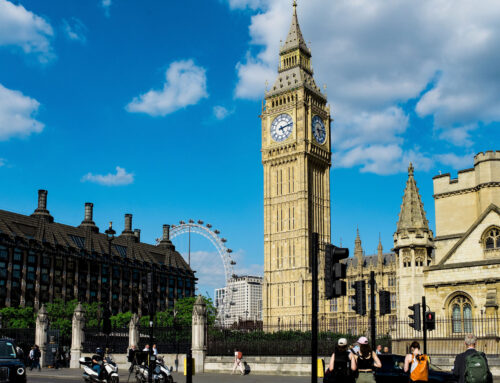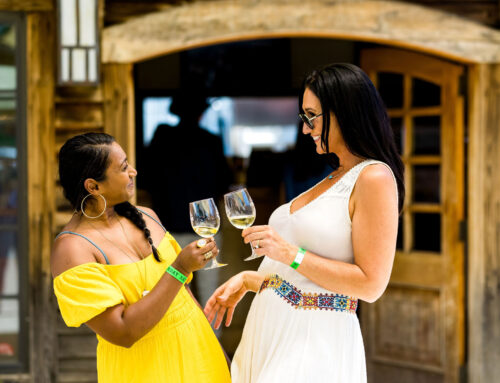Medellìn is a beacon of culture and officially one of my most favorite cities ever: the people are generous, enthusiastic and welcoming, the mountains are captivating, the food and coffee is incredible, and the city is incredibly clean and proud. This city, once famed for it’s violent and storied past, has transformed itself into a star-attraction in a country that has everything going for it.
Medellìn was named the 2013 “City of the Year” by the nonprofit Urban Land Institute for it’s transformation and quick turn-around. Utilizing revitalized civic spaces, green parks, libraries, art galleries and the creation of a world-class metro system and infastructure that connects the city’s poorest neighborhoods with its center through innovative solutions such as giant escalators and cable cars, Medellìn is now a world-class travel destination thanks to its dedication to the inclusion of all it’s inhabitants. For those of you who think it’s dangerous: Medellìn isn’t even to be found on the list of the top 50 most dangerous cities in the world anymore, though you will find New Orleans, Baltimore and Detroit on there.
Medellìn is called the “city of eternal spring” by it’s people for it’s permanently pleasant weather. The people are called Paisas and they are a proud, hopeful culture that loves to talk. They will serenade you with stories about their city, their past, and their future. Their pace is a bit slower and they aren’t in a rush. They are beautiful: everyone in this city is attractive and they dress well. They have inquisitive natures and they want to talk to you: although we found that Colombians, overall, were incredibly welcoming and generous, this was even more apparent in Medellìn where every person we encountered wanted to know where we were from and why we decided to visit their city.
Here’s some of my favorite images from our stay and my recommendations on what to do with 3 days in Medellìn.
STAY: The areas surrounding El Poblado are the most popular with tourists. This includes the neighborhoods of Manila, which is where we stayed, and Parque Lleras. The streets are safe to walk at all hours of the day and filled with hip and stylish restaurants and coffee shops. You can get an entire apartment to yourself for $45-60/nt on Airbnb. We stayed in a charming apartment in Manila and Al Alma Cafe and Hija Mia both within walking distance.
If Airbnb isn’t your thing, there’s a wealth of mid-range hotels and budget hostels in the area. If I’d had to pick one, you probably would have found me at the Art Hotel. If your budget is higher, I’d head to The Charlee Lifestyle Hotel.
EAT: Medellìn is filled with heavier and more traditional (read: arepas and empanadas) dining options than Cartagena and after a week of travel and eating out, we were ready for some variety and comfort food.
- Cafe Zorba was our standout favorite in this city. It could have been that two weeks of travel and seafood left us craving fresh salads and something different, or it could just be that it’s exceptional in both it’s food and it’s atmosphere. Although the cafe is large, it feels warm and cozy thanks to it’s open air upstairs patio filled with small lamps, comfortable pillow topped benches and modest tables that encourage whispered jokes and intimate laughter. Make sure you order at least one pizza – their brick oven thin crust pies come out crispy and is certainly where they excel.
- Although we went looking for a vegetarian restaurant that no longer existed, we ended up at the endlessly charming Peruvian fusion restaurant Tal Qual. Themed around art, the walls are filled with color. The restaurant is split into a number of small alcoves and rooms that makes it feel both bustling and intimate simultaneously. Don’t skip the meat skewers or one of their pasta dishes.
- We should have also eaten at El Cielo, but we didn’t have another three hour dinner experience in us and after a week of eating out already and the incredible eating experiences we had in Cartagena, we weren’t clamoring for food. El Cielo has made press for it’s gastronomic creativity and is featured on most Best Of lists for both Latin and South America. If you’re jealous of that time I went to Alinea, this is the budget option.
DRINK:
- Drinks with a view: head up to the top of the Envy Rooftop Bar to where bartenders fun and tropical cocktails like watermelon basil margaritas while DJ’s spin tunes to accompany one of the best views in Medellìn.
- Bonhomia is a great place to park yourself for a late afternoon snack and a drink. The huge patio of outdoor seating and bright lights is attractive and offers great street views while you feast on platters of house-made charcuterie. There’s a large wine list that also offers half bottles.
- Viva Italia! had the best wine list we found in the area and although you are welcome to stash yourself on their 2nd story patio and watch the locals cruise by in their fancy shoes, they also offer all their bottles for sale in this hybrid Italian Restaraunt meets wine bar.
- Established in 2008, 3 Cordilleras offers five craft brews in a happy hour like setting every day after 5 PM. For about $5, you get 5 beers (beers, not tastings) and an explanation in rapidly spoken spanish about the history of the brewery and the brewing process. We opted to skip the tour and just stick with the beers.
- Downtown’s historic Salon Malaga is like stepping back into a time machine. The walls are covered in memorabilia and old jukeboxes litter the floor. The tables are filled with locals during the day who stop in to chat and drink tinto. If you’re lucky, they have a selection of 3 Cordilleras craft brews on hand, but they stock up on Thursdays for the weekend crowds and were mostly sold out the day we were there.
EXPLORE
- Real City Walking Tour’s free tour of the downtown area of Medellìn is a must do for every traveler. I’d reccomend doing it on your first day in the city as their expansive four hour tour provides you with scope on the area, it’s troubled history and the Paisa culture. The tour occurs twice a day and reservations are required.
- Wander the lush pathways of the Botanical Garden, which feature, in addition to other things, 40 acres of exotic orchids. The entry is free. When you’re ready for a break, stop for lunch at In Situ, where contemporary dishes are served up while you gaze out through wide open doors that leave you feeling as if you’re in the garden itself.
- Head to the Plaza Minorista to sample Colombia’s wide range of tropical fruits. Although you can do this by joining any number of organized tours, there’s really no reason why you can’t go on your own, as we did. The Colombian people are incredibly kind, generous and inquisitive and they are more than ecstatic to see tourists, and gringos especially, wandering their stalls. They were eager to chat with us, asking where we were from and why we were there and each vendor we purchased from explained the fruit and cut it open for us to sample. Our favorite was the pitahaya, similar to an Asian dragon fruit.
- Ride the cable car. Medellìn’s people are incredibly proud of their metro system and in fact, it was the cleanest metro system I’ve ever seen in the world. There wasn’t a speck of trash to be found, people never ate or drank on the subway and the cars themselves were in pristine condition. As part of a social and economic development strategy to help revitalize the poorer areas of the city, Medellìn installed cable cars to provide connectivity to it’s massive hills. The views are tremendous and you can get off at various stops and explore the barrios all for less than $2.
WHAT NOT TO DO
- A Pablo Escobar Tour. Paisas do not like this man and they do not want him immortalized or paid tribute to. In fact, during our walking tour of the downtown area, he was the man-who-was-not-named and in discussion, we used code names to reference him as to not incite anger from nearby locals who cannot speak English and may have misinterpreted our discussion as praising him. Escobar brought years of pain, violence and fear to this city and the memories are both recent and tragic.






Leave A Comment